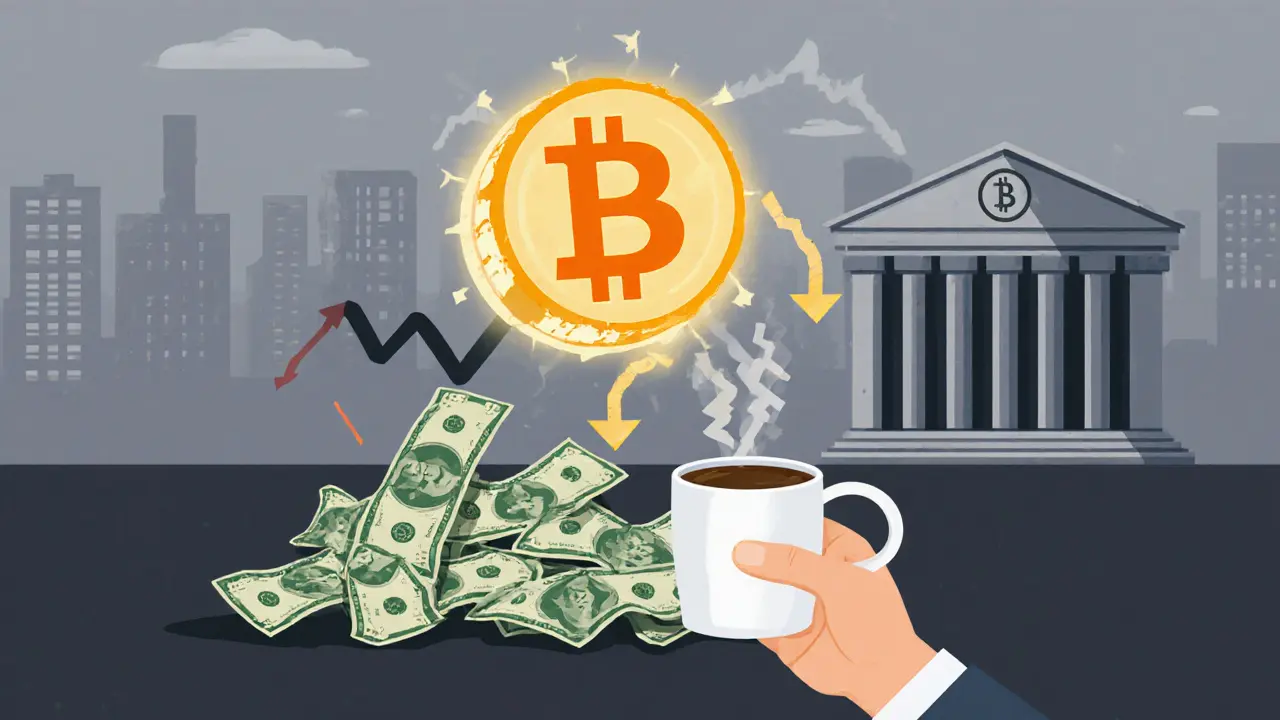Fiat vs Crypto: What’s the Real Difference and Why It Matters
When you think about money, you probably think of cash in your wallet or bank transfers—that’s fiat currency, government-backed money like the US dollar, Thai baht, or Indonesian rupiah that has value because authorities say so. It’s been the default for over 50 years. But now, cryptocurrency, a digital form of money powered by blockchain and not controlled by any single government. Also known as digital currency, it lets people send value across borders in minutes, without banks. The big question isn’t which is better—it’s which one works for your life right now.
Fiat money feels safe because it’s backed by central banks and governments. But that also means they can print more, devalue it, or freeze your account. In countries like Nigeria or Iran, where inflation spikes or banking restrictions hit hard, people turn to cryptocurrency, a digital form of money powered by blockchain and not controlled by any single government. Also known as digital currency, it lets people send value across borders in minutes, without banks. to protect their savings. Meanwhile, in places like the UAE, where there’s no personal tax on crypto gains, people use it as a financial tool, not just a bet. You don’t need to be a tech expert to use crypto—you just need to understand the trade-offs: speed and freedom vs stability and familiarity.
The posts below dive into real cases: how Iranians bypass restrictions using crypto, why Nigerians built a hidden P2P economy during their ban, and how the UAE became a tax haven for digital assets. You’ll also see how risky tokens like HGT or SGR are being sold as alternatives, and how to spot scams hiding behind the hype. Whether you’re sending money to family overseas, avoiding inflation, or just curious about the future of money, this collection gives you the facts—not the fluff.

